Before we dive into the remedies, let’s understand what fleas are and why they can be a problem in our homes.
Fleas are tiny, wingless insects that thrive by feeding on the blood of animals, particularly pets like dogs and cats. These pests are known for their jumping ability and their quick reproduction cycle. Flea infestations are not just a nuisance; they can cause discomfort and health issues for both pets and humans.
When dogs become infested with fleas, they can suffer from constant itching, skin irritation, and even allergic reactions. For humans, flea bites typically result in small, itchy red bumps. Moreover, fleas can also carry diseases and transmit tapeworms.
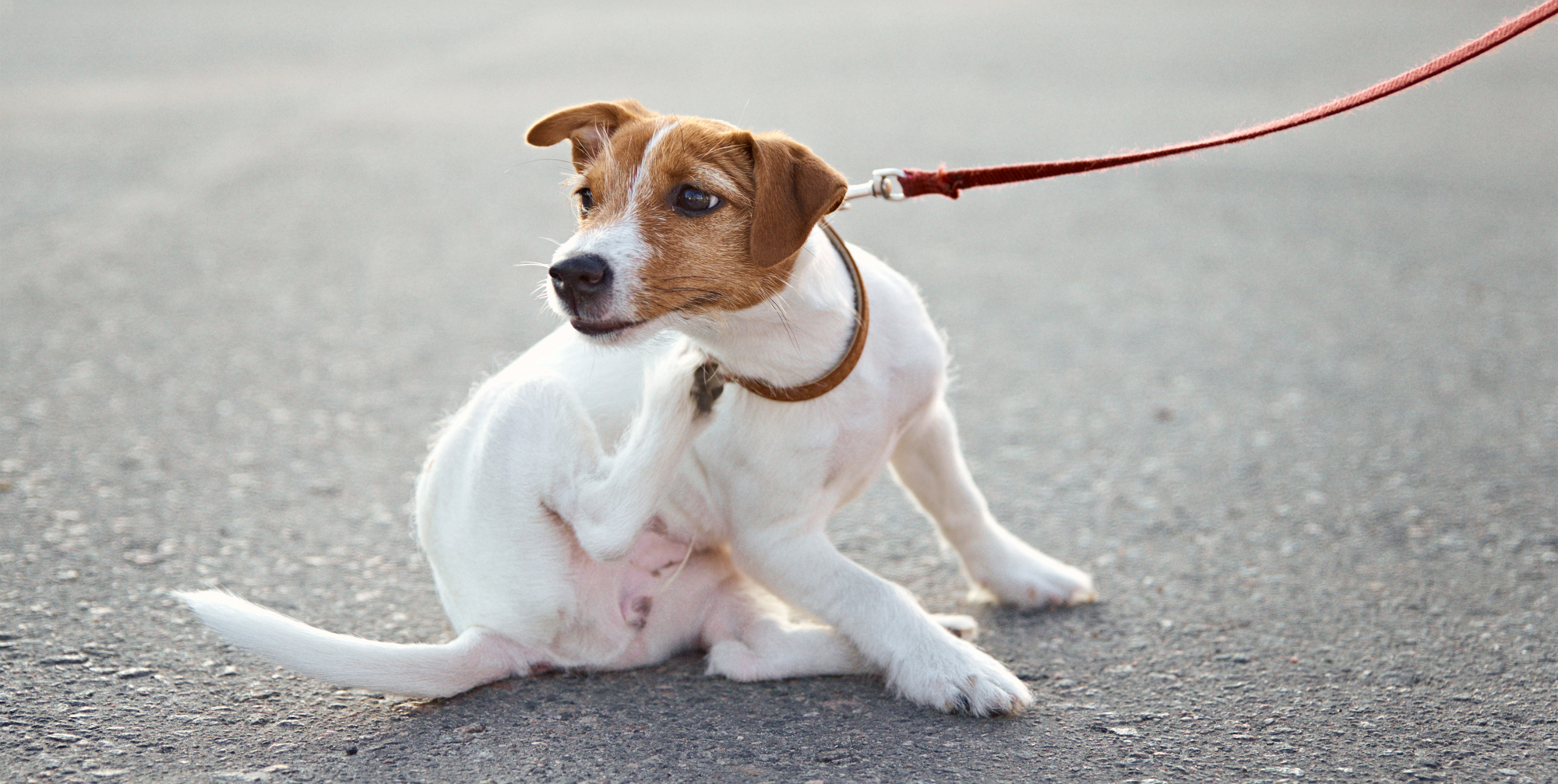
Dealing with a flea infestation can be challenging, as fleas can survive in various environments. They lay their eggs on pets, which can then spread throughout your home. This is why you must treat not only the fleas on your dog but also those lurking in your home.
In the following sections, we will explore natural home remedies that are safe and effective in combating flea infestations, ensuring both your home and pets remain flea-free in a healthy and eco-friendly way. Stay tuned for practical and natural solutions to keep these pesky invaders at bay!
Understanding the flea problem
First let’s chat about the flea itself. Fleas are small insects, that survive by feeding on the blood of.
These pests can be a nuisance to both pets and humans, causing itching, irritation, and in some cases, transmitting diseases.
Flea infestations can spiral out of control in no time, owing to the fast reproductive rate of these tiny parasites. In just a few days, they can lay hundreds of eggs. These eggs soon hatch into larvae, which then weave cocoons, emerging as adult fleas and perpetuating the cycle. These pests can thrive not only on your dog but also in household items like carpets, dog beds, and furniture, making complete eradication a tough task.
The flea life cycle
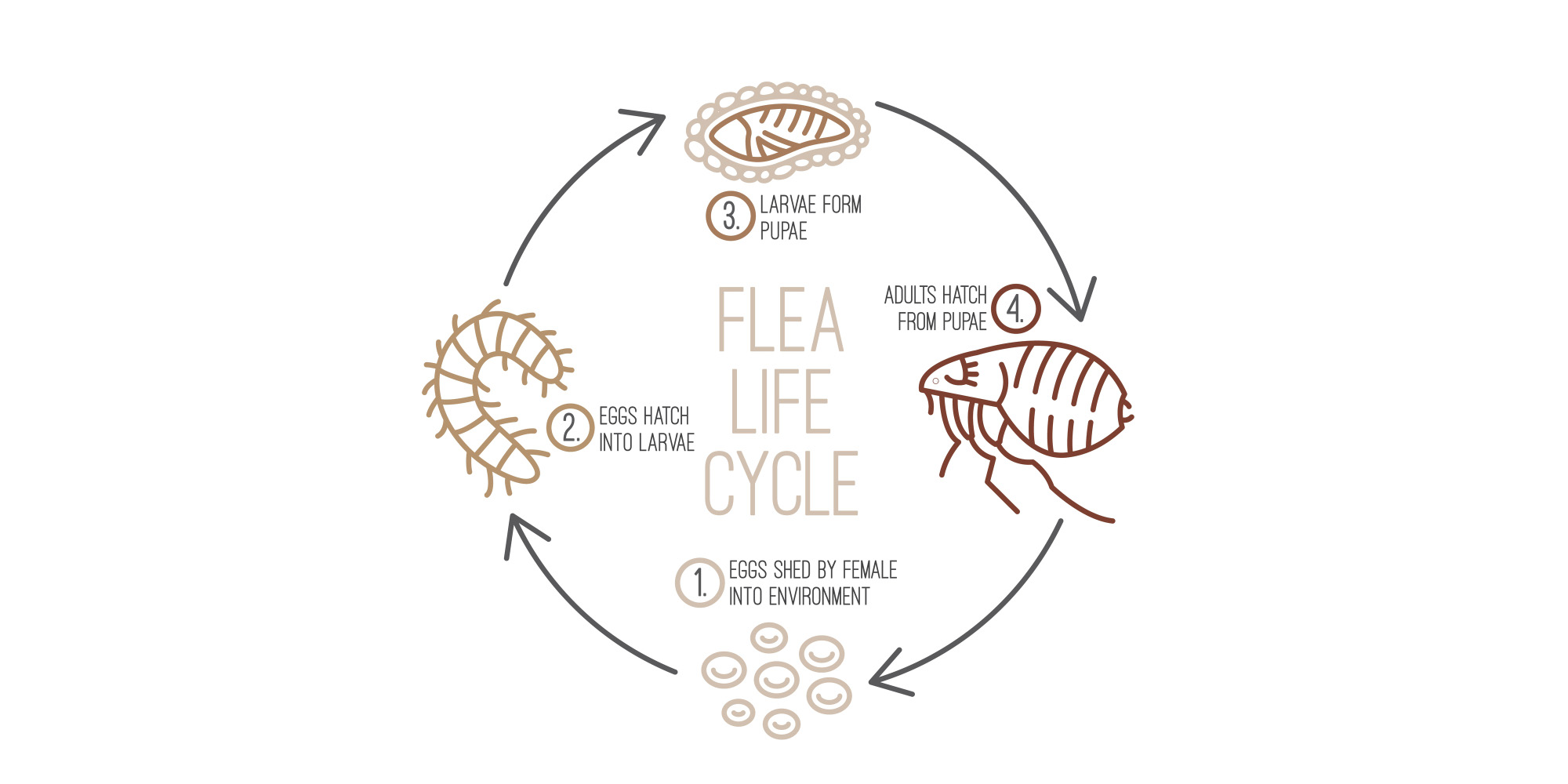
When tackling a flea infestation in your home and on your pet, knowing about the flea’s life cycle is important. Fleas go through four life stages: egg, larva, pupa, and adult. The time it takes for a flea to complete its life cycle can vary, from just a few weeks to several months, depending on environmental factors. The ideal conditions for flea development are temperatures ranging from 70 to 85°F and a humidity level of around 70%. Understanding this cycle is key to effectively getting rid of them!
How do I know if my dog has fleas?
- Excessive scratching, biting or licking: One of the most common signs is increased scratching, biting, or licking at their fur. Fleas bite to feed on blood, which causes irritation and an allergic reaction in many dogs.
- Flea dirt: This looks like small black specks in your dog’s coat or on their skin. It’s actually flea faeces, composed of digested blood. You can confirm it’s flea dirt by placing some on a wet paper towel; if it turns red or brown, it’s flea dirt.
- Visible fleas: Fleas are small and fast, and you will see them moving in your dog’s fur, especially around the ears, belly and the base of the tail – they’re tiny and dark brown.
- Red patches or scabs: As your dog scratches, they may develop red, irritated patches of skin or even scabs, particularly around the neck, back, and base of the tail.
- Hair loss: Persistent scratching and biting can lead to hair loss, often in patches.
- Flea eggs: These tiny white specks can sometimes be seen in your dog’s fur or bedding.
- Behavioural changes: Your dog might seem more restless or uncomfortable than usual due to the irritation caused by flea bites.
Using natural home remedies for flea control
Turning to natural methods for controlling fleas is a gentle yet effective approach, particularly when managing infestations in homes and on dogs. These solutions employ natural ingredients that are safe for both humans and animals, but detrimental to fleas and effective in breaking the flea life cycle and maintaining a flea-free home.
Diatomaceous Earth
Diatomaceous Earth (DE) is a natural, powdery substance made from tiny fossilized algae. It works against fleas by having microscopic sharp edges that pierce the fleas’ outer shells, causing them to dehydrate and die. To use it, simply sprinkle the DE on areas where fleas are found, like carpets and pet beds. It’s important to use food-grade DE, which is safe for both people and pets.
When applying, be careful not to inhale too much of the powder. After letting it sit for a few days, vacuum the area to clean up the DE and dead fleas. DE is great for killing adult fleas but might not work as well on eggs and larvae, so it’s best used as part of a larger flea control plan.
Apple Cider Vinegar
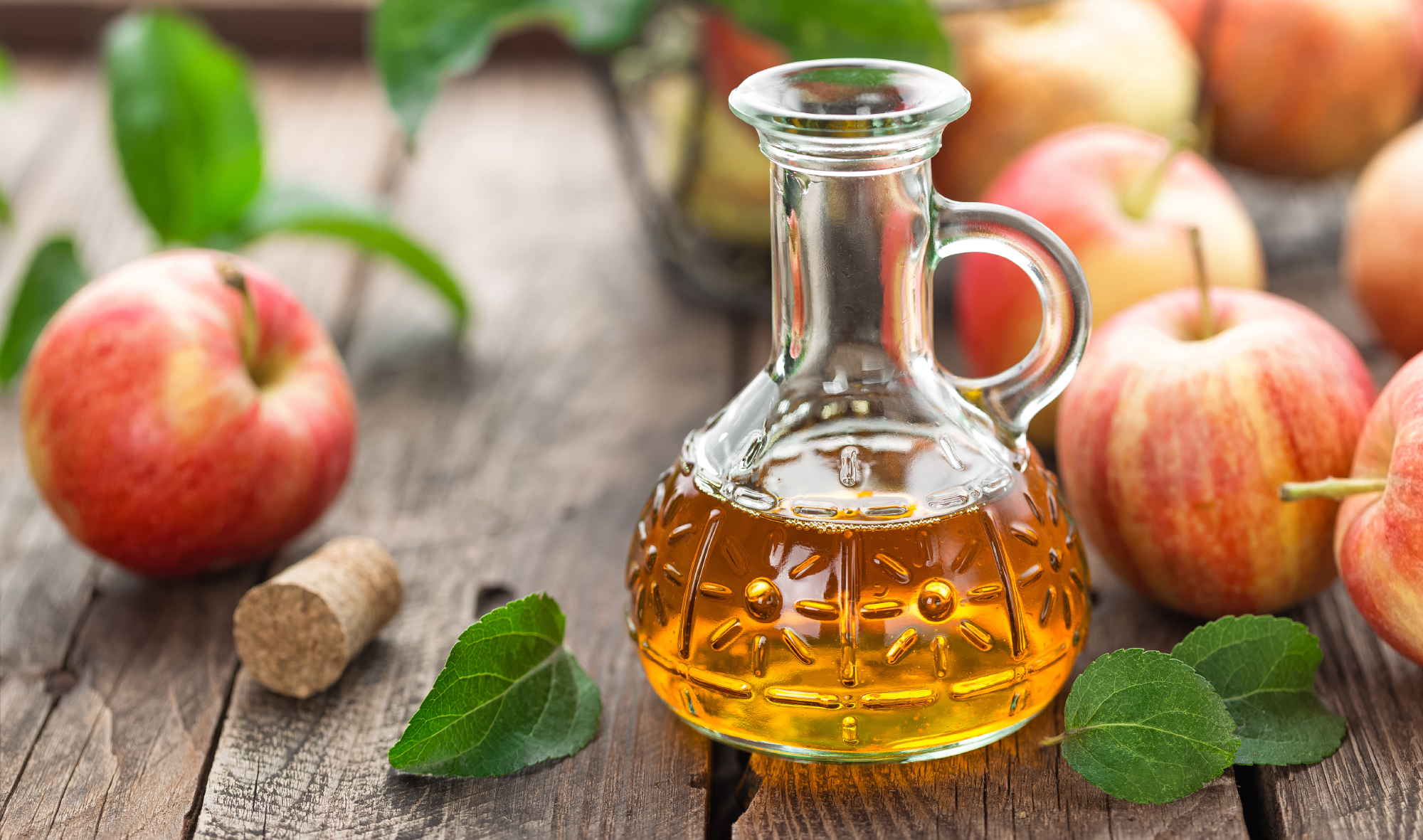
Apple Cider Vinegar is a simple home remedy you can use to keep fleas away from your pets. It’s not a flea killer, but fleas don’t like its strong smell, so it helps keep them at bay. To use it, just mix equal parts of apple cider vinegar and water in a spray bottle.
Then, lightly spray the mixture on your pet’s fur, being careful to avoid their eyes, nose, and ears. It’s a safe and natural way to help prevent fleas from bothering your dog. Remember, though, it’s more about keeping fleas away than getting rid of them, so it’s best used alongside other flea control methods.
Lemon & lavender spray
Lemon & lavender spray is a natural and easy way to help repel fleas in your home. Lemons and lavender contain natural substances that fleas don’t like. To make the spray, cut a lemon into slices with some fresh lavender and boil it in water. Let the lemon and lavender water steep overnight so the compounds really soak into the water.
The next day, put the water into a spray bottle. You can spray this homemade solution around areas where you think fleas might be, like on your dogs’s bedding, carpets, and furniture. It’s a safe and pleasant-smelling way to keep fleas away. Just like the apple cider vinegar solution, it’s more for keeping fleas away than killing them, so it works best when used with other flea control methods.
Garlic
Garlic can be used as a natural flea repellent for dogs, but it must be used carefully. The idea is that a small amount of garlic in your dog’s diet can create an odour in their skin that fleas don’t like, which can help keep fleas away. Fresh is best but Dorwest Herbs make an excellent garlic & fenugreek tablet.
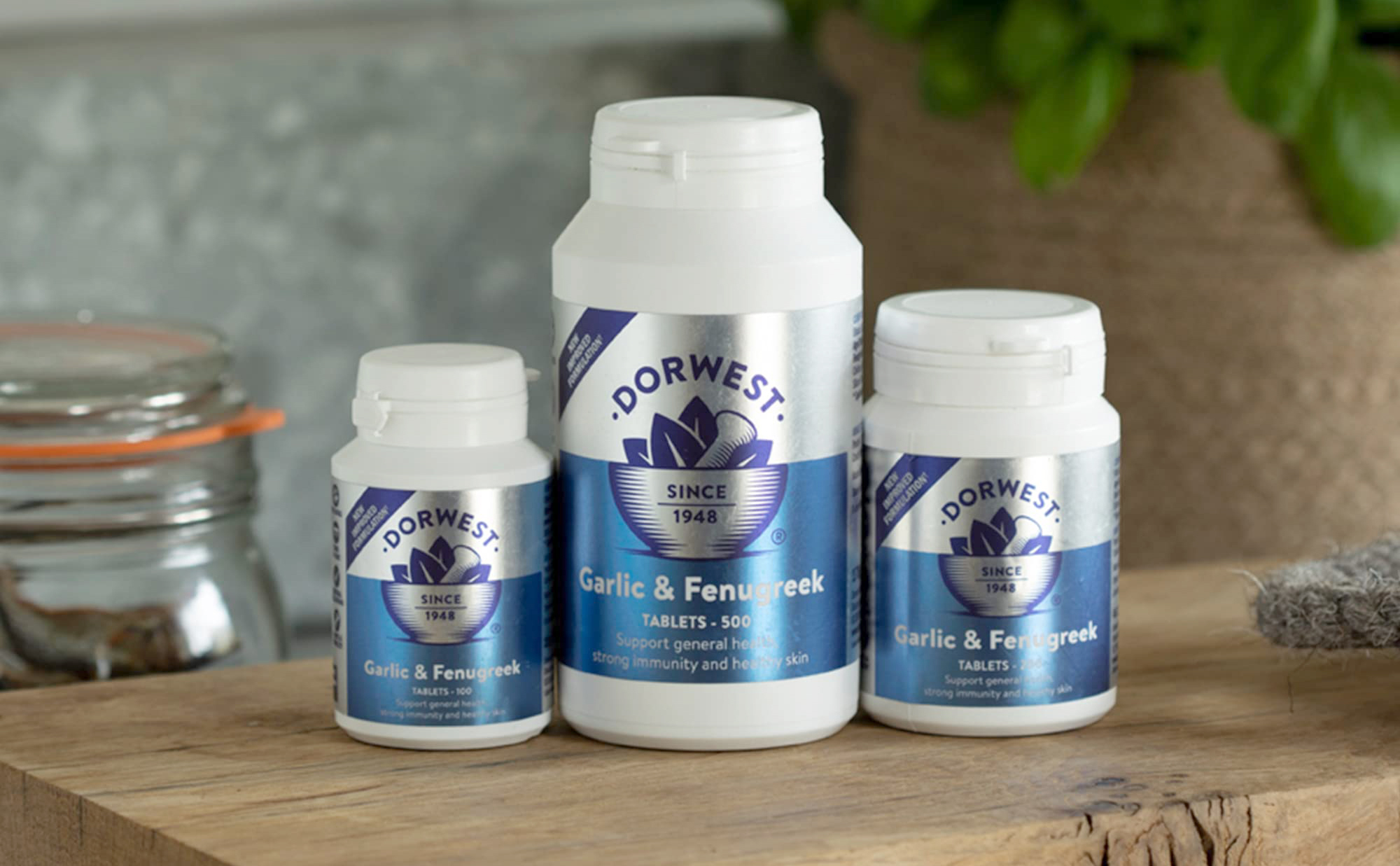
Drug Interactions: Garlic can interact with several types of medications. If your dog has pre-existing anaemic conditions, avoid giving them garlic.
Essential oils
Essential oils like lavender, eucalyptus, lemongrass and cederwood can be used as natural flea repellents. These oils have scents that fleas don’t like, which makes them a good choice for keeping fleas away.
However, it’s important to use them the right way. Essential oils are very strong, so you need to dilute them with water or a carrier oil (like olive oil or coconut oil) before using them. This is especially important when using them around pets, as some pets can be sensitive to these oils.
You can use the diluted oils in a spray bottle to lightly mist areas where fleas are a problem, like pet bedding or carpets. Just make sure not to spray it directly on your pet, or let them lick it and avoid their face and sensitive areas. Remember, while essential oils can help repel fleas, they should be used as part of a broader approach to flea control and always with caution to ensure the safety of your pets. NEVER use tea tree oil on your dog or around the home.
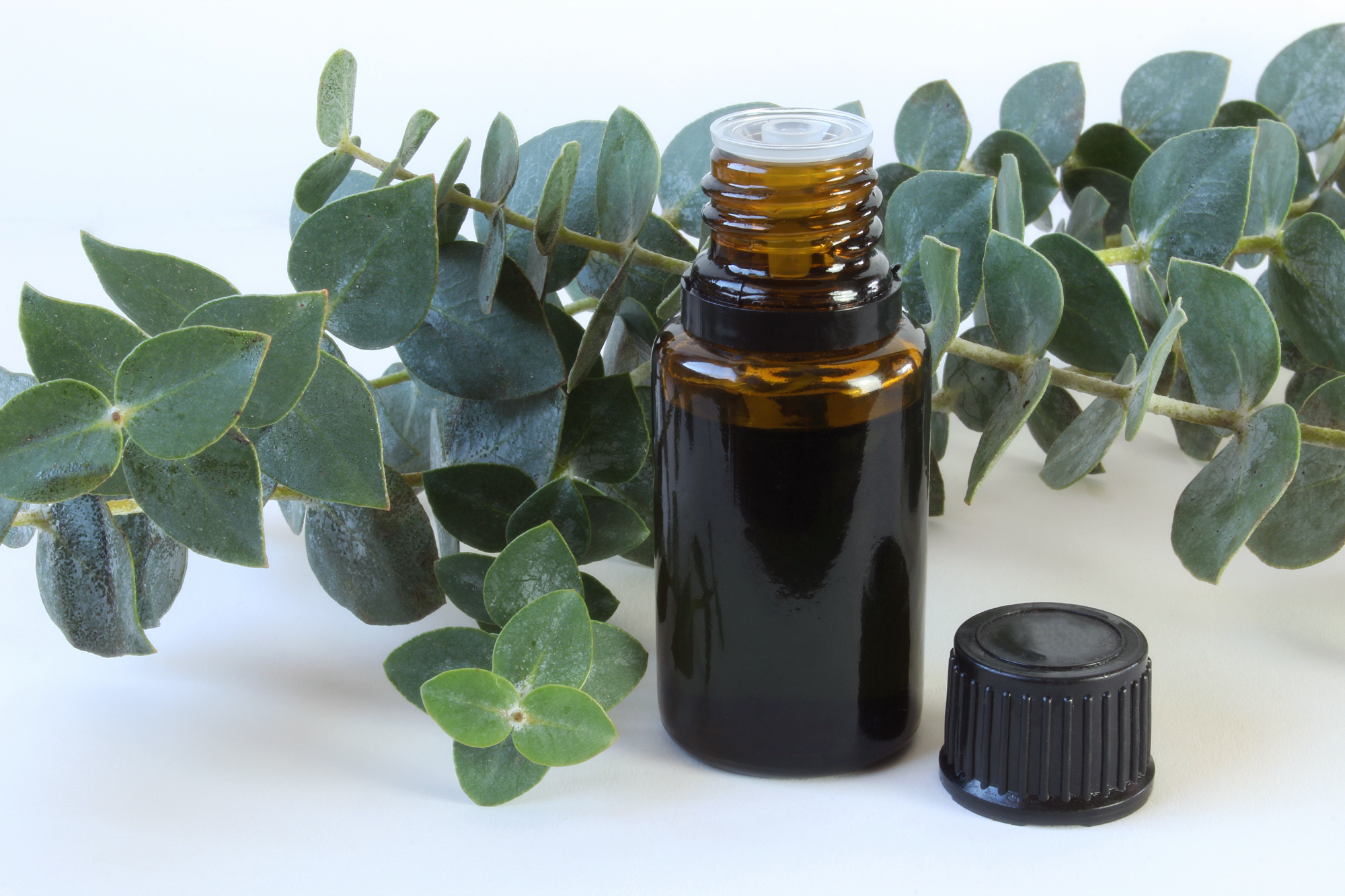
Neem oil shampoo
Neem oil shampoo for dogs is a natural and effective solution for combating flea infestations. Derived from the neem tree, neem oil is renowned for its insecticidal properties, making it an ideal ingredient for a flea-repelling shampoo.
When used in shampoo, neem oil not only helps in killing and repelling fleas but also offers additional benefits for your dog’s skin and coat health. It’s known for its soothing qualities, which can help alleviate irritation and itching caused by flea bites. The natural composition of neem oil shampoo is gentle on your dog’s skin, making it a suitable choice for dogs with sensitive skin.
When using neem oil shampoo, it’s important to thoroughly wet your dog’s coat, apply the shampoo evenly, and massage it in to ensure that it reaches all the areas where fleas might hide. Leaving the shampoo to sit for a few minutes maximises the effectiveness of the neem oil before rinsing it off. As with any new product, it’s wise to observe your dog for any signs of skin irritation after use and to consult with a veterinarian if you have concerns about using neem oil.
Searching for a qualified local Dog Groomer?
Preventing Fleas in Your Home with Natural Methods
To effectively stop a flea infestation, it’s essential to treat both your dog and your home simultaneously. Just bathing and treating your dog isn’t enough because if fleas are still lurking in your home, they can easily jump back onto your dog’s fur after you have bathed them.
It’s essential to tackle every area where fleas might hide, including carpets, furniture, and pet bedding. Thorough vacuuming, washing fabrics in hot water, and using flea treatments like natual lemon and lavender spray or diatomaceous earth powder in your home are necessary steps.
Pay special attention to corners, under furniture, and any place where your dog likes to spends time, as these are common hiding places for fleas. By addressing both your pet and the environment they live in, you can disrupt the flea life cycle, significantly reducing the chances of re-infestation. Remember, consistency in these efforts is key to maintaining a flea-free home and a comfortable, healthy dog.
Hoover and hoover again!
Thorough vacuuming is an important step in getting rid of fleas in your home, in fact, you really can’t vacuum enough! Fleas, along with their eggs and larvae, often hide in carpets, furniture, and other soft fabrics. Vacuuming these areas deeply and regularly can help remove not only the adult fleas but also their eggs and larvae, preventing them from developing further.
Make sure to vacuum all carpets, rugs, upholstered furniture, and pet bedding. Pay special attention to corners, edges, and under furniture, as these are places where fleas like to hide. After vacuuming, it’s important to immediately dispose of the vacuum bag or empty the canister outside to prevent the fleas from coming back into your home.
Combining vacuuming with other flea control methods, such as washing pet bedding in hot water and using natural repellents, can significantly increase your chances of eliminating a flea infestation effectively. Remember, consistency is key; frequent vacuuming can make a big difference in keeping your home flea-free.
Thorough vacuuming and deep cleaning, play a vital role in eliminating fleas from your home. After vacuuming carpets, rugs, upholstered furniture, and dog and human bedding, it’s equally important to clean all floors and skirting boards. Using hot water or a steam cleaner ensures that any remaining fleas or eggs are dealt with effectively. Focus on cleaning hidden nooks, corners, and under furniture where fleas are likely to hide. This combined attack of hoovering and cleaning with hot water or steam cleaning addresses both visible and hidden flea infestations.
Conclusion
As a dog owner, facing a flea infestation is no small challenge. There will be mountains of washing to do, it can be both stressful and irritating. However, the good news is that we hope, with using natural flea home remedies, you can successfully rid your home of these pesky critters and safeguard your dogs and family members.
We hope these natural solutions we have given you at Yappily help and offer a safer and environmentally friendly alternative to chemical treatments.


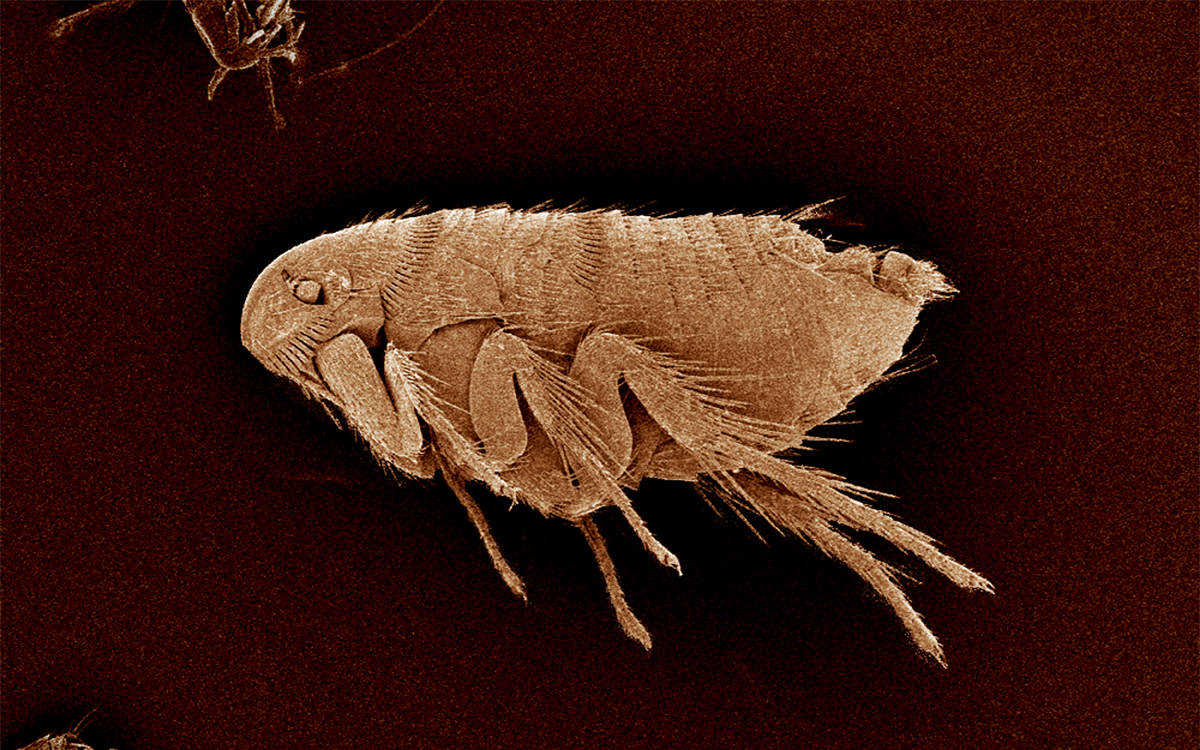
Add a comment